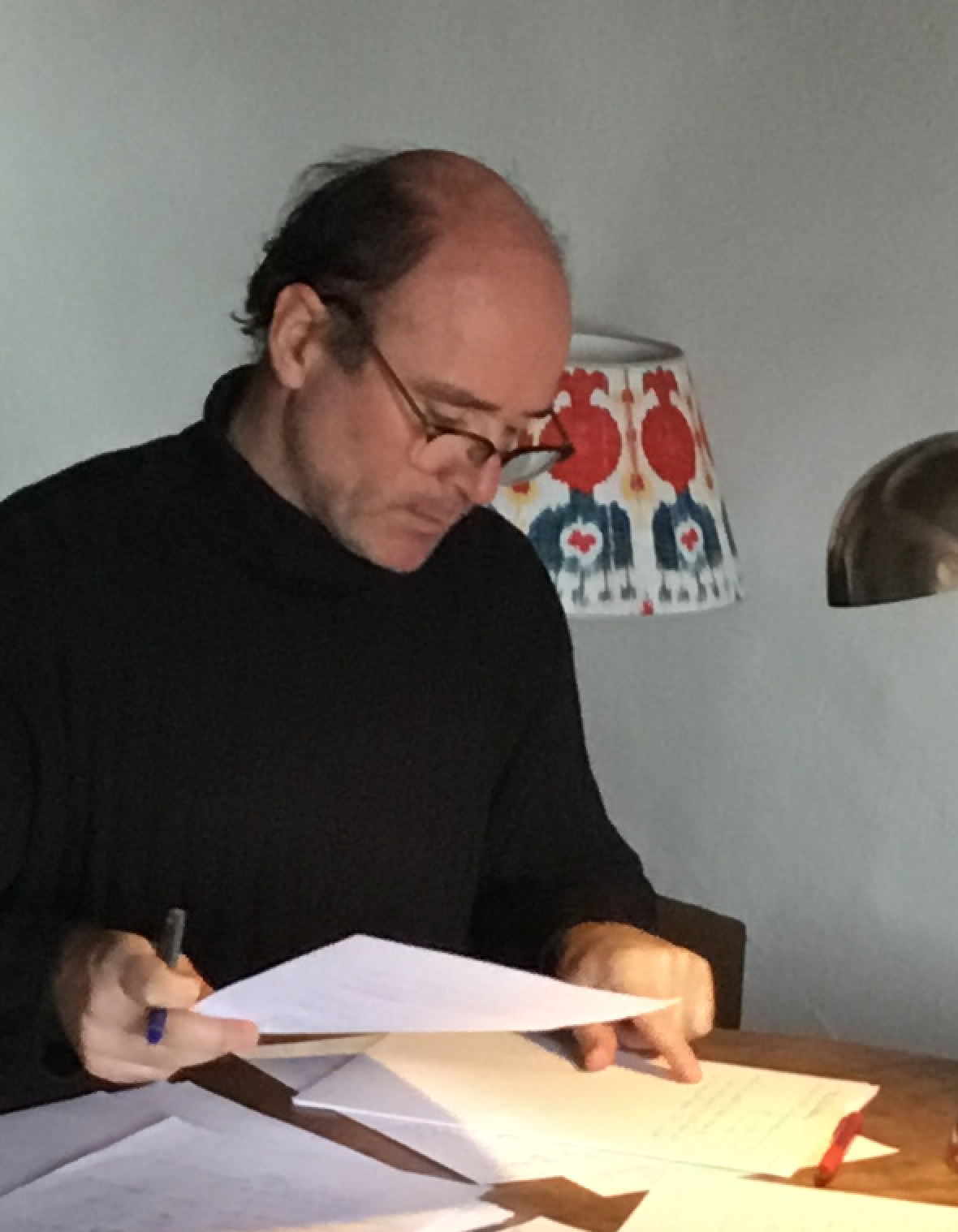Instructor:David Sauzin (CNRS-IMCCE, Paris Observatory)
Schedule:Wed., 4:00-5:00 pm, Oct. 25, 2023
Venue:Lecture Hall C548, Tsinghua University Shuangqing Complex Building A(清华大学双清综合楼A座C548报告厅); Tecent Meeting ID: 908-3255-9891
Date:2023-10-25
Click the link to join the meeting: https://meeting.tencent.com/dm/7eiqUr8D7JCO
ABSTRACT:
Resurgence Theory, born within the mathematical theory of nonlinear dynamical systems in the late 1970s, has become more and more used in the mathematics/physics research literature, especially since the 2010s, with a burst of activity in applications ranging from quantum mechanics, wall-crossing phenomena, field theory and gauge theory to string theory. This talk will be a light mathematical introduction to what the resurgent toolbox concretely consists of. Typically, a resurgent series is a divergent power series in one indeterminate that appears as the common asymptotic expansion to several analytic functions, and these functions differ by exponentially small quantities. More than 40 years ago, Jean Ecalle invented the so-called "alien derivations" to handle these exponentially small discrepancies at the level of the formal series themselves. One gets a subalgebra of the commutative algebra of formal series in one indeterminate, endowed with so many independent derivations that one can find non-commutative deformations of its product.
BIO:
Dr. Sauzin is a senior researcher in mathematics at CNRS in France. He is currently visiting professor at Capital Normal University and member of M. Kontsevich's team within the ERC Synergy Grant "Recursive and Exact New Quantum Theory"https://renewquantum.eu/ He has worked intensively in the areas of nonlinear dynamical systems, summability theory, Ecalle's Resurgence theory (which deals primarily with the behavior of asymptotic series or transseries), and mould calculus (another tool, of Hopf-algebraic nature, due to J. Ecalle). He contributed to the theory of Hamiltonian perturbations in classical mechanics (exponentially small separatrix splitting, Nekhoroshev's exponential stability theorem and examples of Arnold diffusion and wandering domains in Gevrey near-integrable systems) and holomorphic dynamics in one or two dimensions. More recently, he has been focusing on applications of Resurgence to mathematical physics (Deformation quantization, quantum modularity and TQFT).

Video:http://archive.ymsc.tsinghua.edu.cn/pacm_lecture?html=An_introduction_to_Resurgence.html






